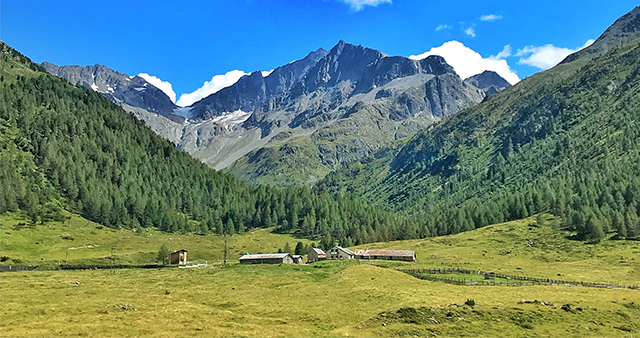VANCOUVER 2010
THE AMAZING EVOLUTION OF THE OLYMPIC TORCHES DESIGN
The expansive landscapes, the gentle hills of snow and the light effects that characterize the typical Canadian winter scenery are the elements that have influenced Bombardier in 2010 when he realized the torch of the Vancouver Winter Olympics. The sinuous lines of the torch are an example of the organic design that was inspired by nature to combine functionality and beauty. Furthermore, the materials used, steel and aluminum, helped in making the object even more impressive, thanks to the play of lights and reflections that occur when the torch is ignited by the sacred fire of Olympia. 12.000 torchbearers traveled 45.000km in over 100 days in which the Flame touched every corner of Canada. Not to incur in the problems, and related costs, that the torch encountered in its way around the world during the Beijing Games, the torch relay in this occasion was limited to the territory of Canada.
The venues for the Vancouver 2010 Olympic and Paralympic Winter Games stretched over a 120-kilometre zone from Richmond, through downtown Vancouver and north to the mountain resort of Whistler. Drawing on both new and existing facilities, VANOC’s goal was to create spectacular theatres for sport that provided top conditions for athletes and a welcome place for spectators to experience the excitement of competition.





